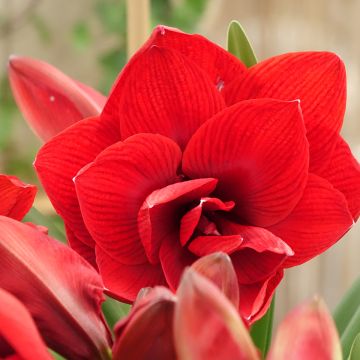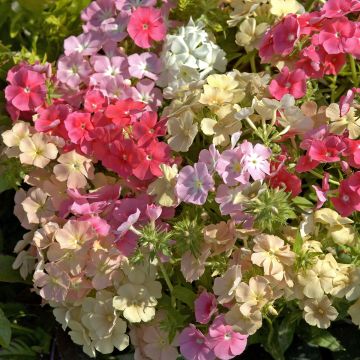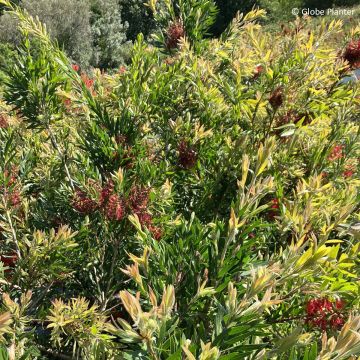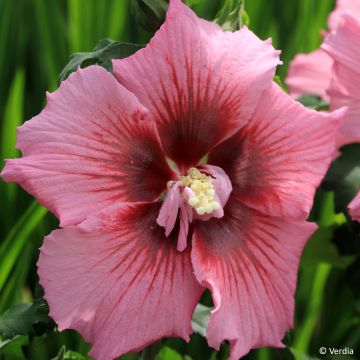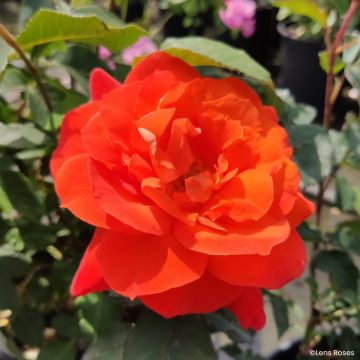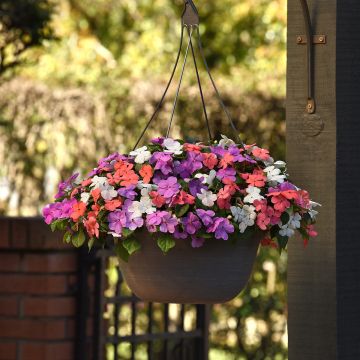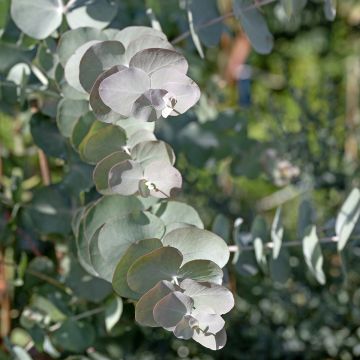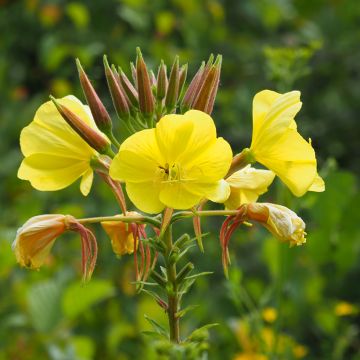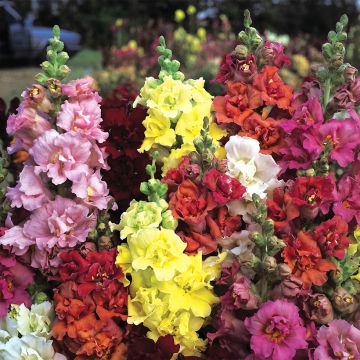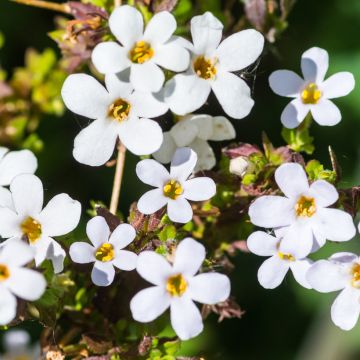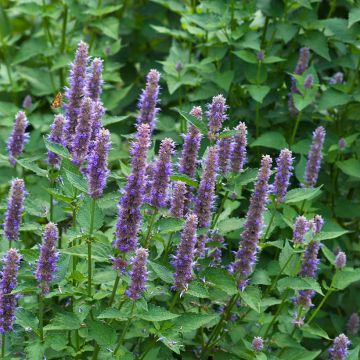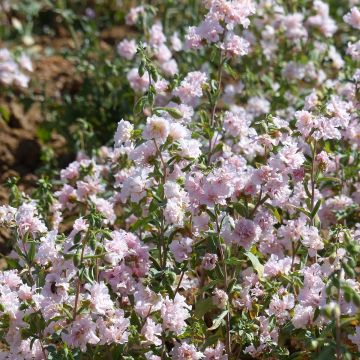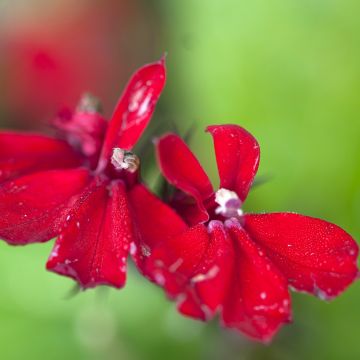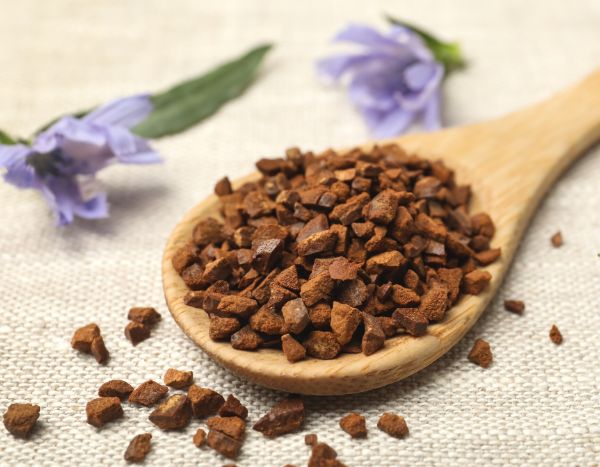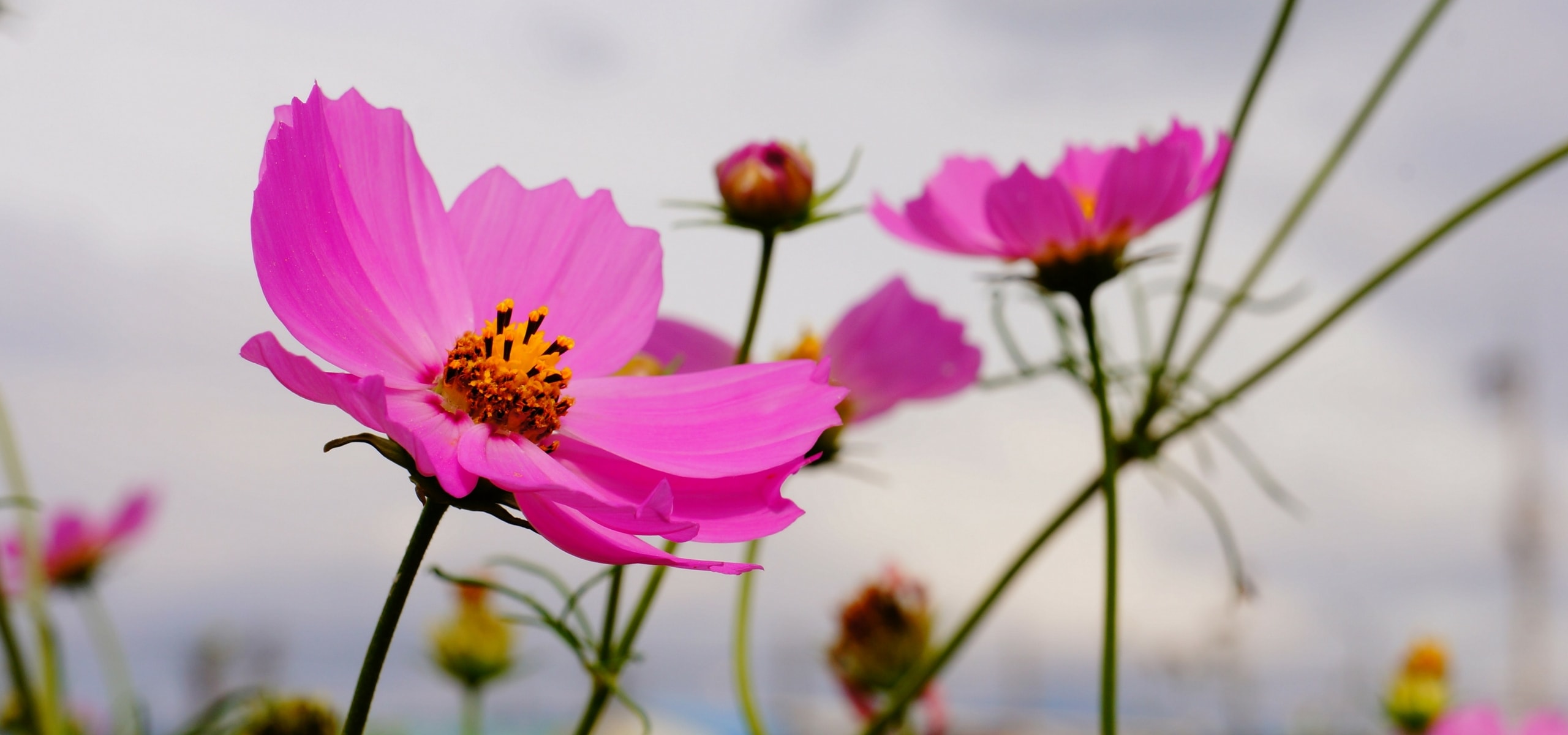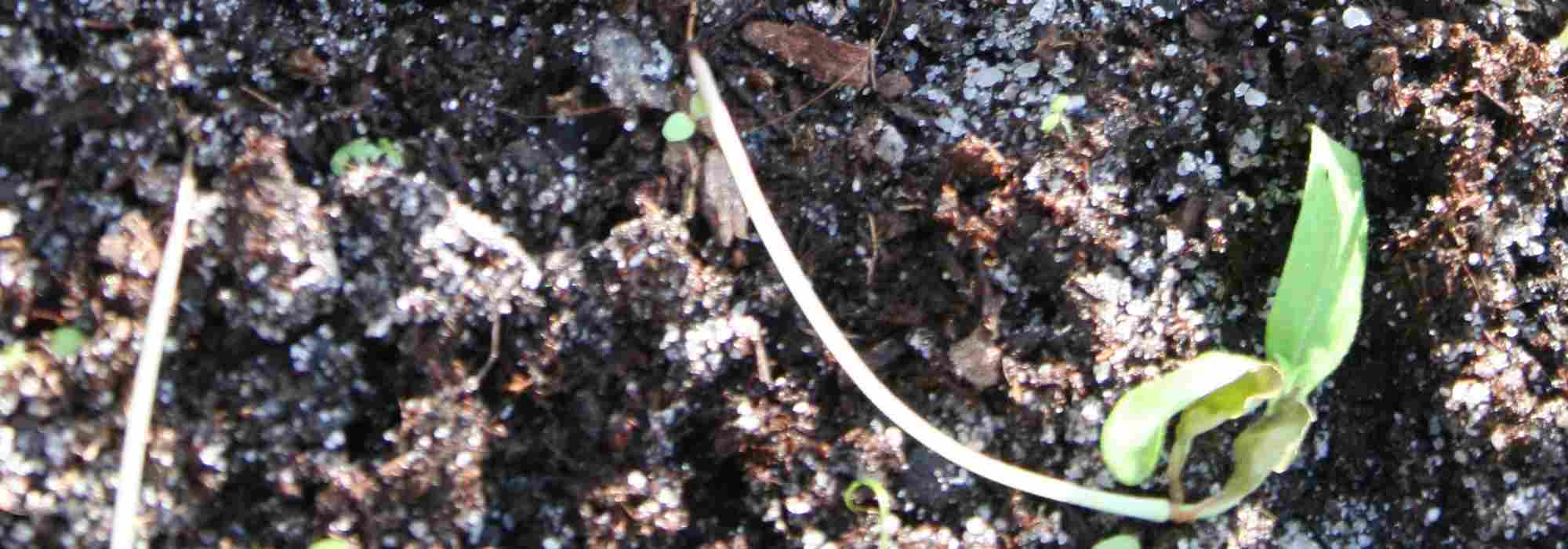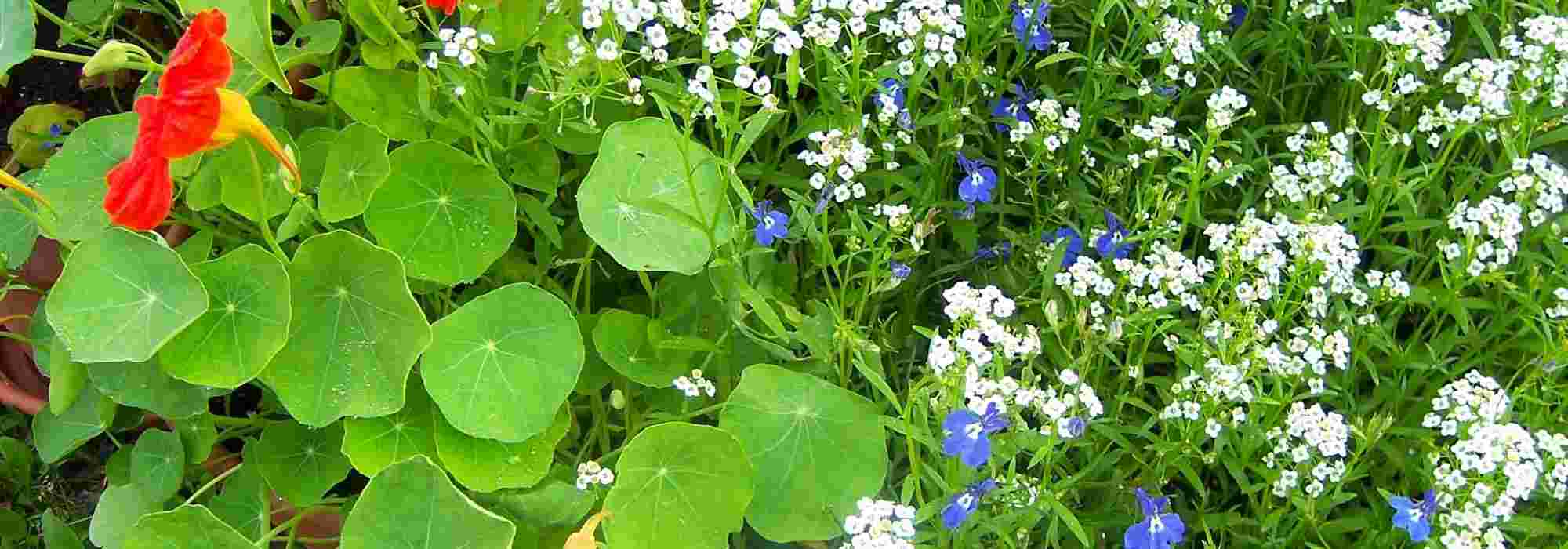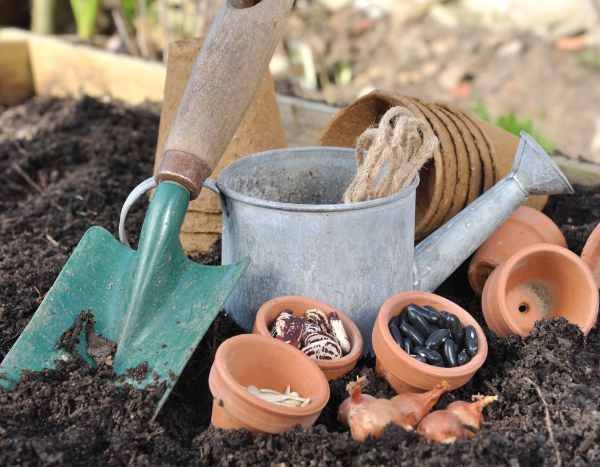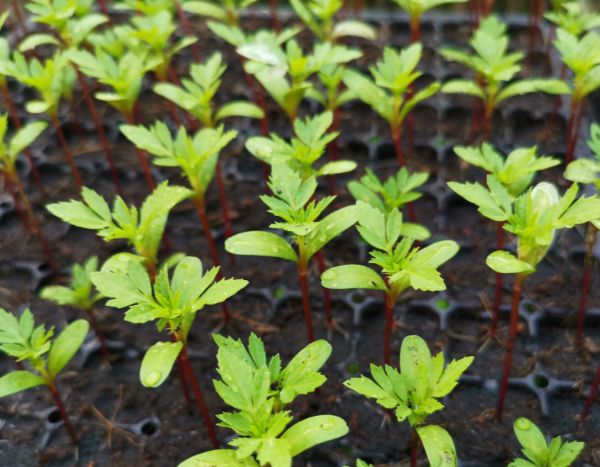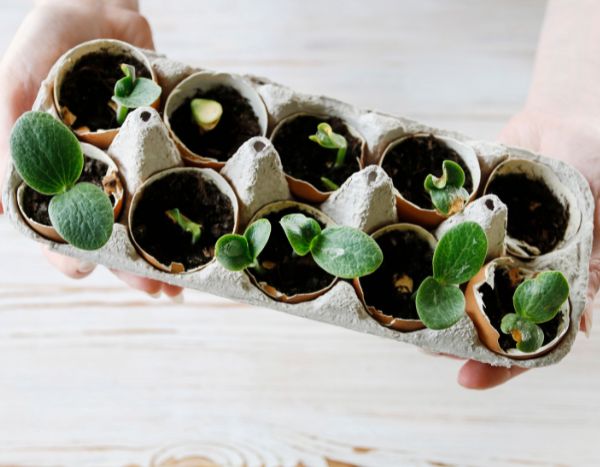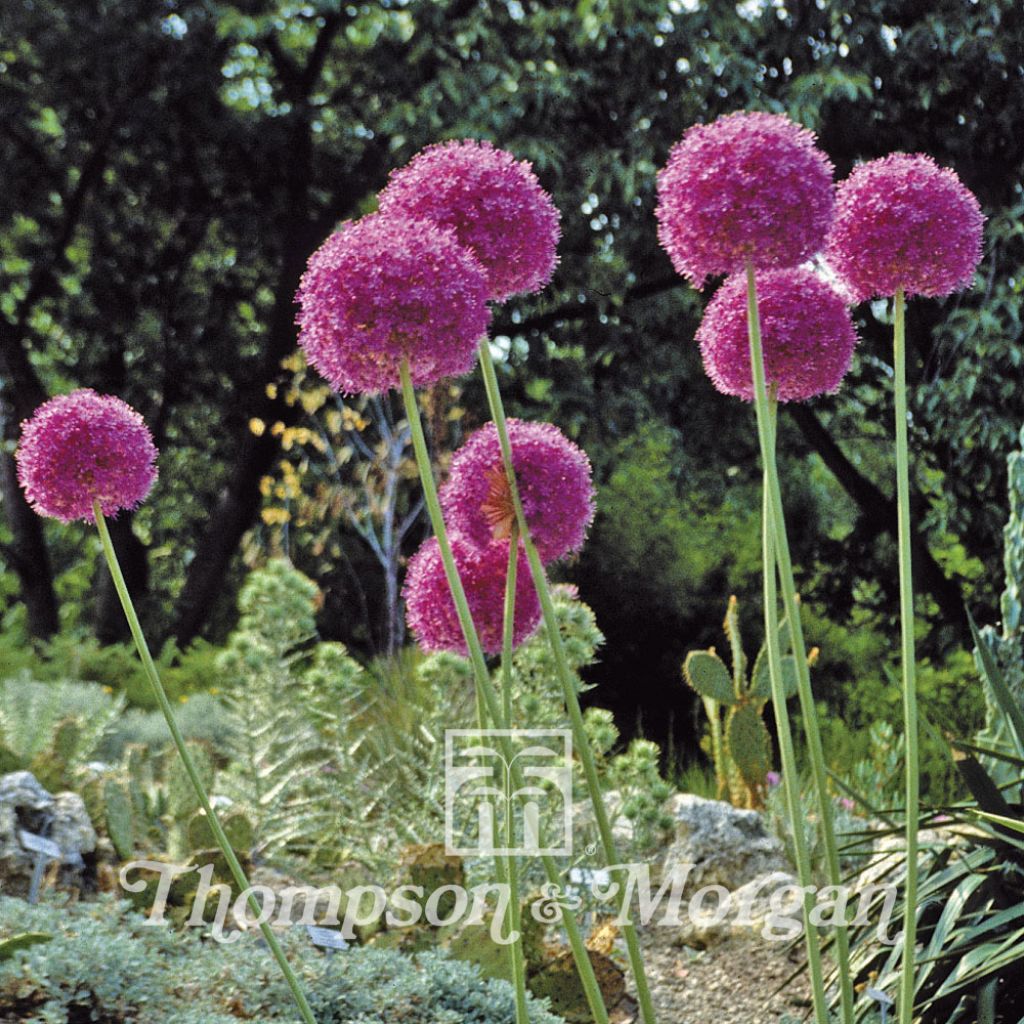

Allium giganteum - Giant Allium
Allium giganteum - Giant Allium
Allium giganteum
Giant Onion, Giant Allium
Special offer!
Receive a €20 voucher for any order over €90 (excluding delivery costs, credit notes, and plastic-free options)!
1- Add your favorite plants to your cart.
2- Once you have reached €90, confirm your order (you can even choose the delivery date!).
3- As soon as your order is shipped, you will receive an email containing your voucher code, valid for 3 months (90 days).
Your voucher is unique and can only be used once, for any order with a minimum value of €20, excluding delivery costs.
Can be combined with other current offers, non-divisible and non-refundable.
Why not try an alternative variety in stock?
View all →This plant carries a 6 months recovery warranty
More information
We guarantee the quality of our plants for a full growing cycle, and will replace at our expense any plant that fails to recover under normal climatic and planting conditions.
Does this plant fit my garden?
Set up your Plantfit profile →
Description
Allium giganteum, also known as giant ornamental garlic, is undoubtedly one of the largest species among ornamental garlics. This bulbous plant stands at a height of 1.50m (5ft) and has spherical umbels composed of tiny star-shaped flowers, ranging from pale lilac to deep purple-pink. The rosette of ribbon-like grey-green leaves is aromatic, and all parts of the plant release an onion scent when crushed. It should be grown in sunny locations to brighten up flower beds and rockeries, in light but moist soil.
Allium giganteum is a perennial bulbous plant native to Iran and southern Central Asia, belonging to the family of lilies (alliums). In spring, it forms a basal rosette composed of deciduous grey-green leaves, linear in shape, measuring 35 cm (14in) long and 5 to 10 cm (2 to 4in) wide, which disappear in summer, while sturdy stems emerge from their centre, reaching a height of 1.50m (5ft) and bearing very dense spherical umbels of approximately 15 cm (6in) in diameter. Their colour varies from pale lilac to vibrant purple-pink when fully bloomed.
This is the latest blooming ornamental garlic. Easy to grow, Allium giganteum thrives in any type of well-drained and sunny location. It can be used in flower beds or as a border for pathways, and can also be grown in pots to enjoy its beautiful flowering on a balcony or terrace. Enhance your floral arrangements with its leaves or flowers, or dry them for a unique touch! Plant Allium giganteum in groups of 3 or 5, nestled among your perennials, or combine it with trimmed boxwoods for a spectacular graphic effect. Its stunning inflorescences will also be beautifully complemented by a backdrop of grey foliage shrubs, such as artemisias for example.
Report an error about the product description
Flowering
Foliage
Plant habit
Botanical data
Allium
giganteum
Amaryllidaceae
Giant Onion, Giant Allium
Cultivar or hybrid
Other Thompson and Morgan seeds
View all →Planting and care
Sow Allium seeds from January to mid-March at 15-20 ° C, on the surface of well-drained, high-quality potting soil. Keep the soil moist but not waterlogged and do not exclude light. Place in a mini-greenhouse or enclose the seed tray inside a polyethylene bag until germination, which usually takes 3 months. If germination does not occur by the end of this period, transfer the container to the refrigerator (not the freezer) at 5 ° C for a period of 3 months. Regularly check if germination is not occurring in the refrigerator and remove the tray as soon as the seeds begin to germinate. Repeat this cycle if germination does not occur to help overcome any seed dormancy; germination is often erratic, sometimes taking 30 to 365 days to occur.
When the seedlings are large enough to handle, transplant and grow them in cooler conditions until the young plants are large enough to be planted outdoors. Place in a cold frame and plant outside the following spring, with the plants spaced 30cm (12in) apart, in well-drained, sandy or light soil, preferably in full sun. Plant them near other plants whose foliage will cover the bare stems of the ornamental garlic in summer.
Sowing period
Intended location
Planting & care advice
This item has not been reviewed yet - be the first to leave a review about it.
Haven't found what you were looking for?
Hardiness is the lowest winter temperature a plant can endure without suffering serious damage or even dying. However, hardiness is affected by location (a sheltered area, such as a patio), protection (winter cover) and soil type (hardiness is improved by well-drained soil).

Photo Sharing Terms & Conditions
In order to encourage gardeners to interact and share their experiences, Promesse de fleurs offers various media enabling content to be uploaded onto its Site - in particular via the ‘Photo sharing’ module.
The User agrees to refrain from:
- Posting any content that is illegal, prejudicial, insulting, racist, inciteful to hatred, revisionist, contrary to public decency, that infringes on privacy or on the privacy rights of third parties, in particular the publicity rights of persons and goods, intellectual property rights, or the right to privacy.
- Submitting content on behalf of a third party;
- Impersonate the identity of a third party and/or publish any personal information about a third party;
In general, the User undertakes to refrain from any unethical behaviour.
All Content (in particular text, comments, files, images, photos, videos, creative works, etc.), which may be subject to property or intellectual property rights, image or other private rights, shall remain the property of the User, subject to the limited rights granted by the terms of the licence granted by Promesse de fleurs as stated below. Users are at liberty to publish or not to publish such Content on the Site, notably via the ‘Photo Sharing’ facility, and accept that this Content shall be made public and freely accessible, notably on the Internet.
Users further acknowledge, undertake to have ,and guarantee that they hold all necessary rights and permissions to publish such material on the Site, in particular with regard to the legislation in force pertaining to any privacy, property, intellectual property, image, or contractual rights, or rights of any other nature. By publishing such Content on the Site, Users acknowledge accepting full liability as publishers of the Content within the meaning of the law, and grant Promesse de fleurs, free of charge, an inclusive, worldwide licence for the said Content for the entire duration of its publication, including all reproduction, representation, up/downloading, displaying, performing, transmission, and storage rights.
Users also grant permission for their name to be linked to the Content and accept that this link may not always be made available.
By engaging in posting material, Users consent to their Content becoming automatically accessible on the Internet, in particular on other sites and/or blogs and/or web pages of the Promesse de fleurs site, including in particular social pages and the Promesse de fleurs catalogue.
Users may secure the removal of entrusted content free of charge by issuing a simple request via our contact form.
The flowering period indicated on our website applies to countries and regions located in USDA zone 8 (France, the United Kingdom, Ireland, the Netherlands, etc.)
It will vary according to where you live:
- In zones 9 to 10 (Italy, Spain, Greece, etc.), flowering will occur about 2 to 4 weeks earlier.
- In zones 6 to 7 (Germany, Poland, Slovenia, and lower mountainous regions), flowering will be delayed by 2 to 3 weeks.
- In zone 5 (Central Europe, Scandinavia), blooming will be delayed by 3 to 5 weeks.
In temperate climates, pruning of spring-flowering shrubs (forsythia, spireas, etc.) should be done just after flowering.
Pruning of summer-flowering shrubs (Indian Lilac, Perovskia, etc.) can be done in winter or spring.
In cold regions as well as with frost-sensitive plants, avoid pruning too early when severe frosts may still occur.
The planting period indicated on our website applies to countries and regions located in USDA zone 8 (France, United Kingdom, Ireland, Netherlands).
It will vary according to where you live:
- In Mediterranean zones (Marseille, Madrid, Milan, etc.), autumn and winter are the best planting periods.
- In continental zones (Strasbourg, Munich, Vienna, etc.), delay planting by 2 to 3 weeks in spring and bring it forward by 2 to 4 weeks in autumn.
- In mountainous regions (the Alps, Pyrenees, Carpathians, etc.), it is best to plant in late spring (May-June) or late summer (August-September).
The harvesting period indicated on our website applies to countries and regions in USDA zone 8 (France, England, Ireland, the Netherlands).
In colder areas (Scandinavia, Poland, Austria...) fruit and vegetable harvests are likely to be delayed by 3-4 weeks.
In warmer areas (Italy, Spain, Greece, etc.), harvesting will probably take place earlier, depending on weather conditions.
The sowing periods indicated on our website apply to countries and regions within USDA Zone 8 (France, UK, Ireland, Netherlands).
In colder areas (Scandinavia, Poland, Austria...), delay any outdoor sowing by 3-4 weeks, or sow under glass.
In warmer climes (Italy, Spain, Greece, etc.), bring outdoor sowing forward by a few weeks.































